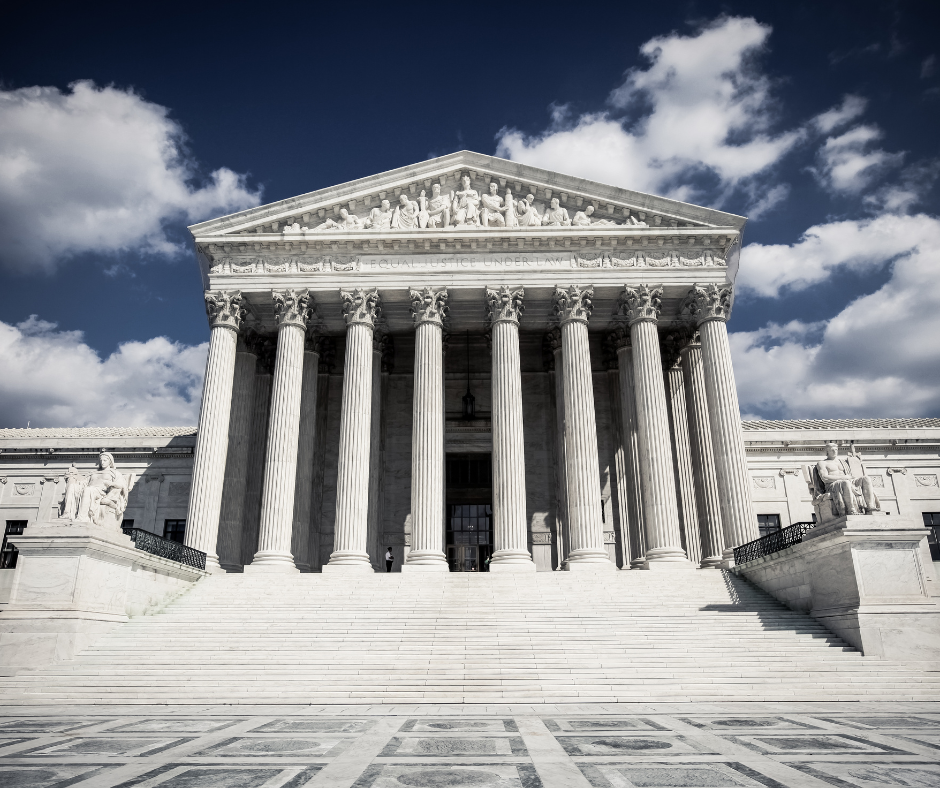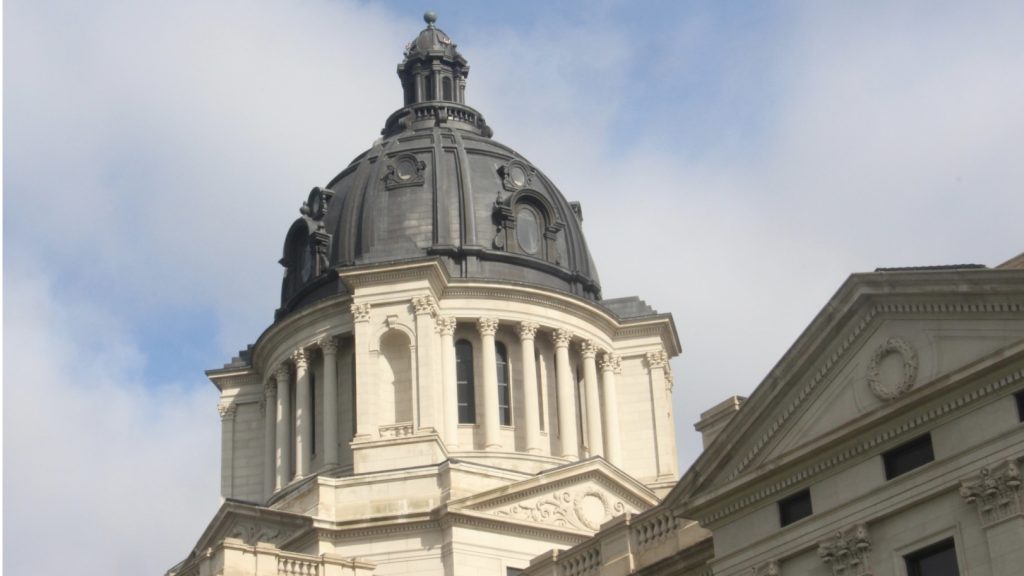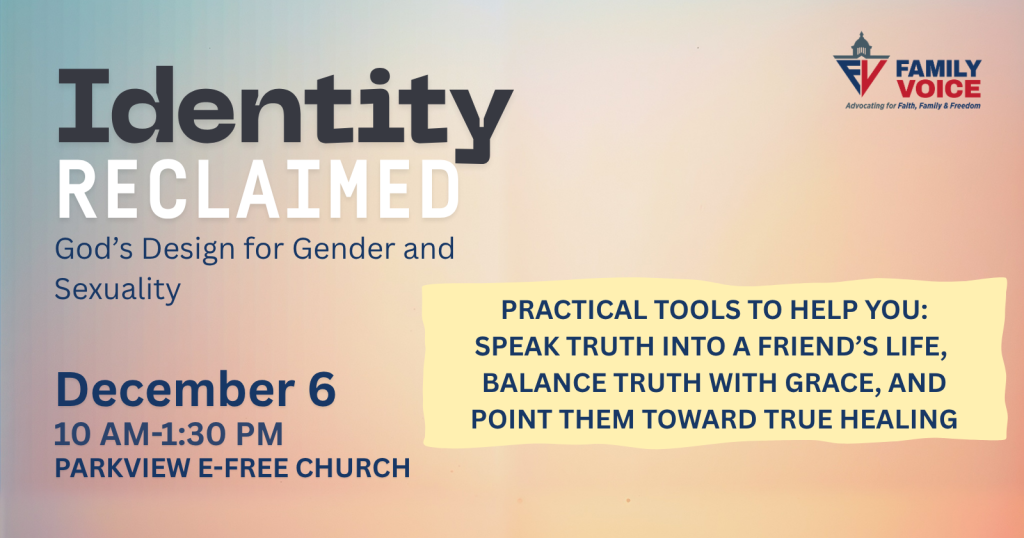The U.S. Supreme Court recently heard oral arguments for two cases that could significantly impact free speech online.
Tony Perkins of the Washington Watch says that Google vs. Gonzalez and Twitter v. Taamneh “could restructure everything we know for both online speech and content moderation.” Both cases “stem from disputes over ISIS recruitment material on big tech platforms,” said Perkins.
After a 23-year-old woman was murdered, her family sued Google, claiming that the murderers were inspired by ISIS content online.
In Twitter v. Taamneh, the court is addressing similar claims that Twitter is partially responsible for a 2017 ISIS attack in Istanbul because it hosted content unrelated to the specific incident.
The question at hand is to what extent Section 230 of the Communications Decency Act (CDA) protects online platforms from liability when it comes to the content they host. The outcome of these cases will essentially set the boundaries for free speech online.
Section 230 reads, “No provider or user of an interactive computer service shall be treated as the publisher or speaker of any information provided by another information content provider.” This section protects websites by regarding them as neutral hosts where thoughts and ideas are shared as opposed to publishers or speakers.
Ken Klukowski, a former lawyer in the White House and Justice Department, told Tony Perkins of the Washington Watch that during the oral arguments, the justices struggled with where to draw the line between platforms promoting content and acting as a neutral host.
Klukowski said that on one side, lawyers argued that websites that hosts troublesome content must have “mechanisms in place to screen it, to block it, or to take it down.” Otherwise, they would be liable under Section 230.
“But then the other argument that was presented seemed to be, no, we’re not saying you need to take it down. We’re just saying you can’t be promoting it. You can’t be endorsing it,” Klukowski explained, noting that the question appeared to be “what yard line the football was on.”
While questioning the petitioner’s counsel, Justice Clarence Thomas expressed confusion about how allowing content to be shared on an online platform equates to promoting it. “…I’m trying to get you to explain to us how something that is standard on YouTube for virtually anything that you have an interest in suddenly amounts to aiding and abetting because you’re in the ISIS category,” he said, suggesting that he will vote on the side of free speech.
Klukowski went on to voice a prevalent concern among conservatives pertaining to these cases. “There are arguments out there in court to say that private corporations have now become just an extension of the government, almost like a contractor, and as such should be subject then to the First Amendment in terms of not being able to discriminate against viewpoints the government doesn’t like,” he concluded.
Klukowski makes an excellent point. Limitations to free speech can easily be used to silence viewpoints that the gatekeepers, who are rarely neutral, disagree with. We’ve already seen this happen time and time again with the censorship of conservatives on Twitter, YouTube, and Facebook. Who is to say what qualifies as permissible content and what does not? Social media platforms are the public forums of our time, and it’s vital that the Supreme Court rules to protect free speech.






